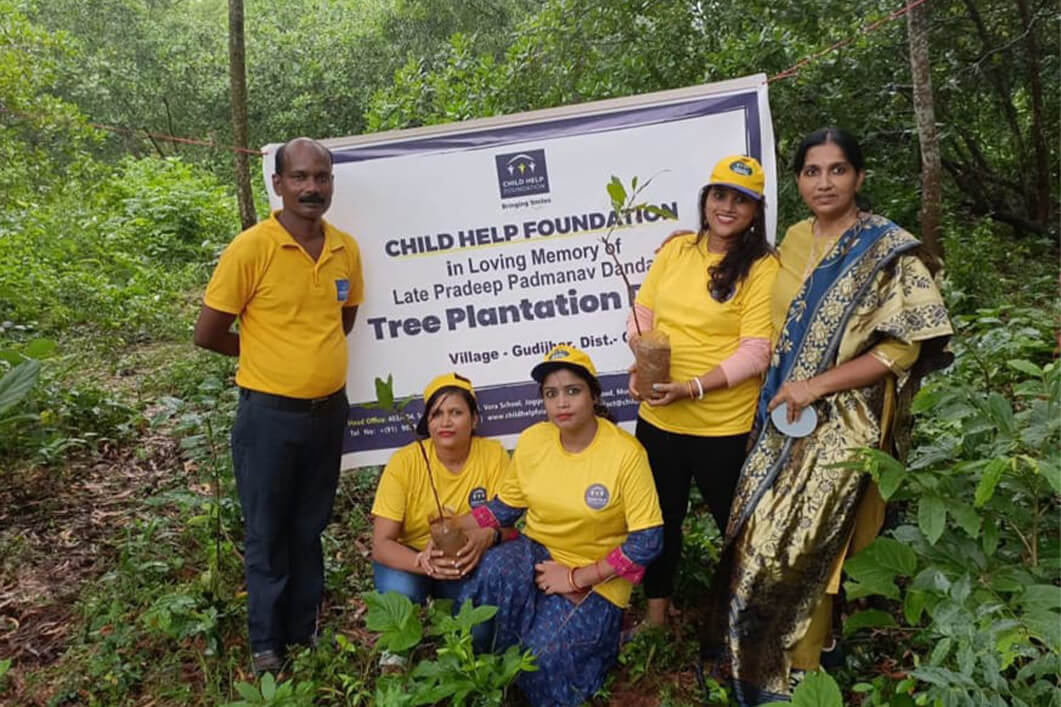Every year on September 16, the world observes International Day for the Preservation of the Ozone Layer, commonly known as World Ozone Day. This global event, established by the United Nations, marks the anniversary of the signing of the Montreal Protocol on Substances that Deplete the Ozone Layer in 1987. The day serves as a reminder of the progress made in protecting our atmosphere and a call to action for continued vigilance in preserving this crucial layer of our atmosphere.
The ozone layer, located in the stratosphere about 10 to 30 miles above Earth's surface, acts as a protective shield against the sun's harmful ultraviolet (UV) radiation. Without it, life on Earth would be exposed to higher levels of UV radiation, leading to increased rates of skin cancer, cataracts, and other health issues, as well as significant harm to marine ecosystems, agriculture, and wildlife.
The Montreal Protocol was a remarkable success in slowing the depletion of the ozone layer. According to the UN report, the layer is expected to recover to 1980 values by 2040. Over the Antarctic, the layer would be restored around the year 2066. The protocol helped avoid global warming by 0.5°C.

World Ozone Day is a celebration of feats like this but at the same time highlights the need for continued efforts to limit climate change. New emerging technologies continue to pose a threat to our achievements like hydrochlorofluorocarbons (HCFCs) and hydrofluorocarbons (HFCs), which have been addressed by the Kigali Amendment. Some CFCs and halons can survive in the atmosphere for more than a century. Moved by air currents, the halocarbons released over the past sixty years are a threat to the ozone layer for decades to come.
On World Ozone Day, individuals, communities, and governments are encouraged to engage in activities that promote awareness about the importance of the ozone layer. Educational campaigns, public discussions, and environmental initiatives help spread knowledge about how personal actions and policies can contribute to the health of the atmosphere. Simple actions, such as choosing products with minimal environmental impact and supporting sustainable practices, can make a difference.
It reminds us of the power of collective action and the importance of continued international cooperation in tackling global environmental issues. As we look to the future, maintaining the momentum of our past achievements while addressing emerging challenges will be crucial in ensuring a healthy and sustainable environment for future generations.
Child Help Foundation (CHF) is doing its best to preserve the ozone layer by regularly holding tree plantations and beach clean-ups. Through its Life on Land and Life Below Water programmes, CHF has helped 61,999 and 2,09,33,460 lives respectively.
Thank you for taking the time to read this article. Make sure to share it with your friends and family members.
